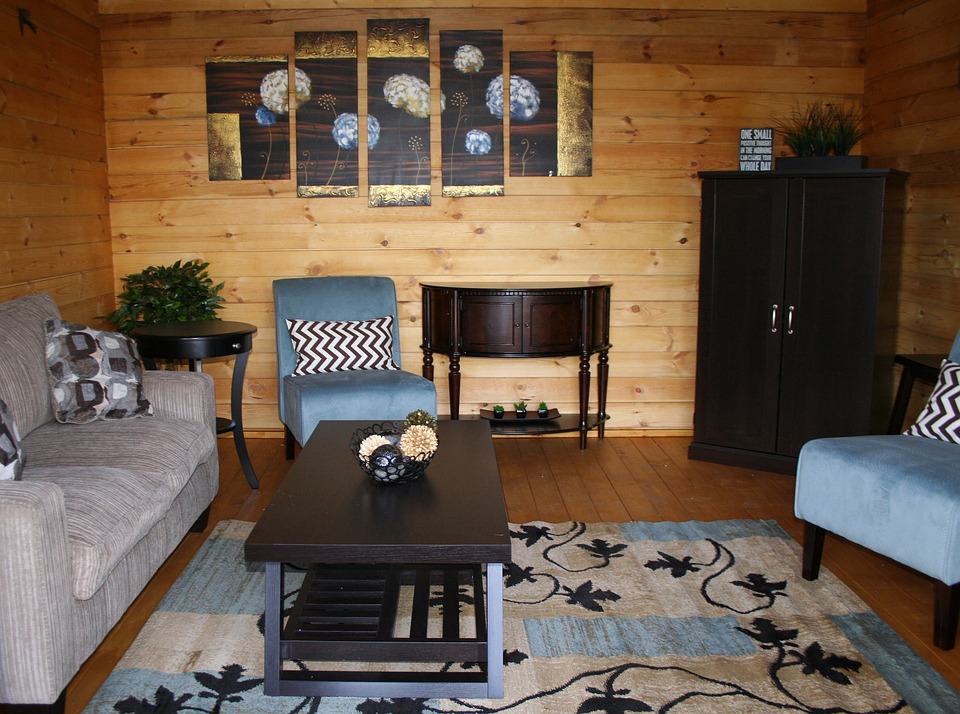Is Your Basement Ready for Winter?

There are plenty of articles offering “one weird trick” to save money, prevent expensive repairs, or make your home more comfortable. Usually we’re skeptical of that kind of thing, but if you’re a homeowner, there really is one simple thing you can do that will, in turn, take care of those other things. Winterize your basement and you’ll be surprised how many other things fall into place.
Types of Basements
Broadly speaking, basements come in one of three types: unfinished or “unconditioned,” partially-finished, and finished. Unconditioned space in a home or business means areas that don’t have the same insulation, plumbing, and heating as the rest of your home — think basements, garages, and porches. Finished areas, on the other hand, offer the same infrastructure (and comfort) as any other part of your home, while a partially-finished basement may feature both conditioned and unconditioned spaces. The steps we’re listing below can apply equally to basements of any type.
Conduct a Walk-Through
The first step we suggest taking is to conduct a quick walk-through of your basement. A visual inspection will help you spot puddles or damage to drywall, which are often a sign of leaks. If everything looks fine but smells funny, that’s often a warning that your plumbing is experiencing a problem. Also see how the space feels. It’s not uncommon for the basement to be a few degrees cooler than the upstairs, but if there’s an extreme difference, you may have a draft or an area that’s poorly insulated. Also feel along floors, walls, and windows for signs of condensation. A Sacramento plumber like Home Ace Plumbing Heating and Air Conditioning can help you pinpoint and address minor leaks before they become big problems.
Insulate
If you have drafts, caulking around window and door frames can help. So, too, can properly covering your vent fan if you have one that sees use in the warmer weather. Use a weather-sealing film on basement windows. Check anything that vents to the outside to make sure the connections are snug and — especially in the case of your dryer vent — that the vent and ducting are clean and clear of obstructions. And if you have an unfinished basement, consider fully insulating; it can help you save on heating and air conditioning.
Check Your Appliances
If your basement is where many of your appliances “live”, check up on them. Make sure the flame for your water heater and furnace isn’t an orange color. Look for signs of charring or scorching on and around heat-generating appliances. Look also for signs of rust or leaks around water heaters and washing machines. While you’re at it, check the temperature setting on your hot water heater, setting it to 120 degrees (most are set to 140 degrees by default). The difference will save you money on your utility bills, and it’s safer for seniors, toddlers, and anyone else who might otherwise be prone to scalding.
Do I Really Need to Winterize?
Some of us hardly spend any time in our basements. They’re just a place where the furnace and water heater labor away, and where our old treadmill gathers dust and cobwebs. Even if your basement amounts to little more than a cavernous walk-in closet, we still suggest winterizing. The steps above, simple and inexpensive as they are, will help keep your home more comfortable year round. While you’re at it, you can use the opportunity to get expert HVAC repairs and maintenance from your friends at Ace Plumbing!



